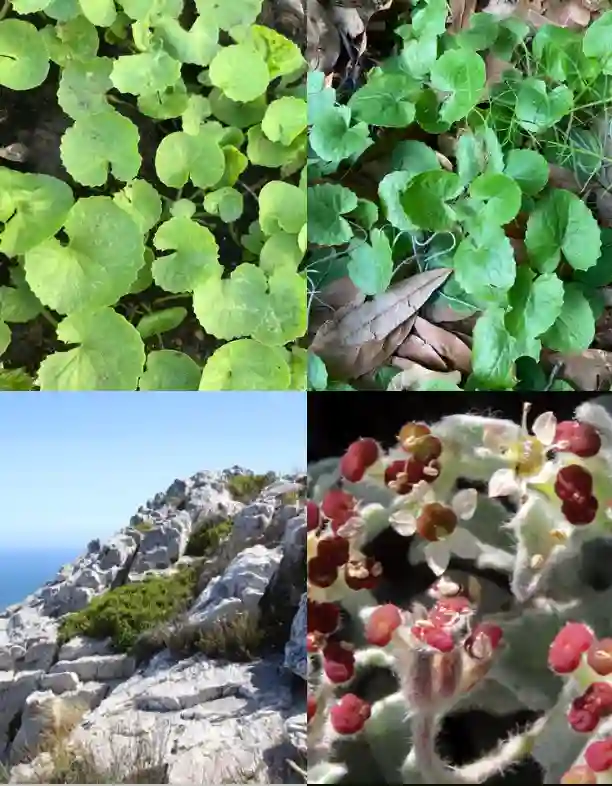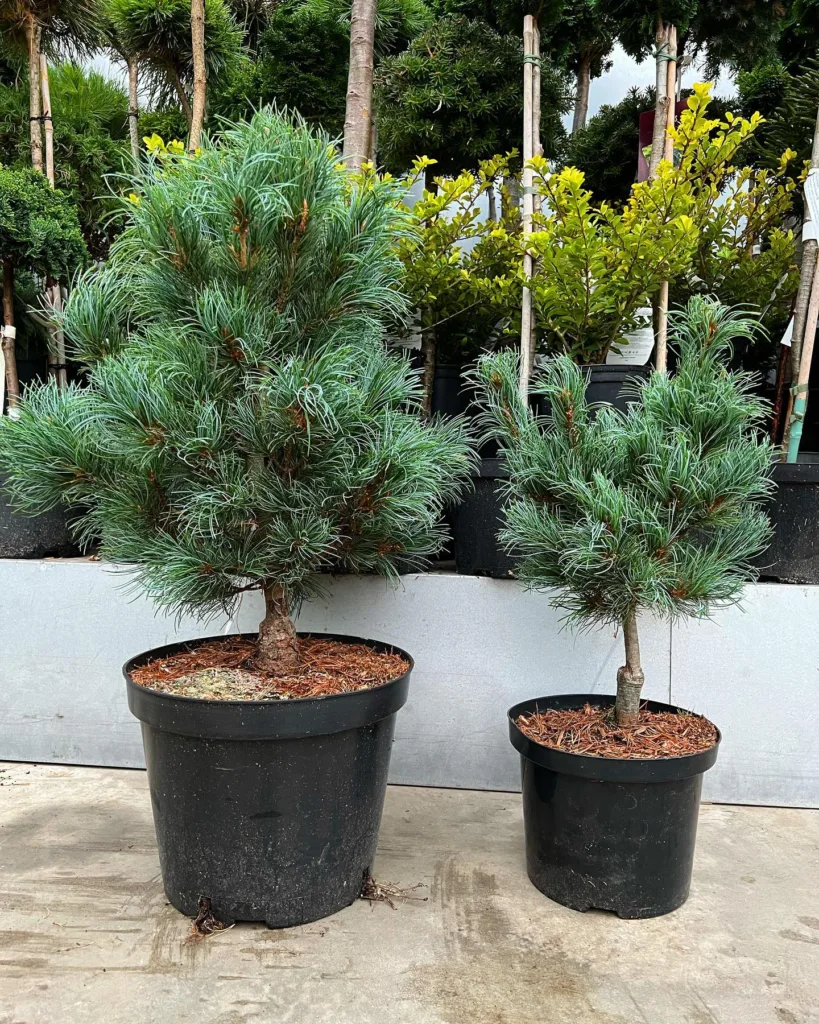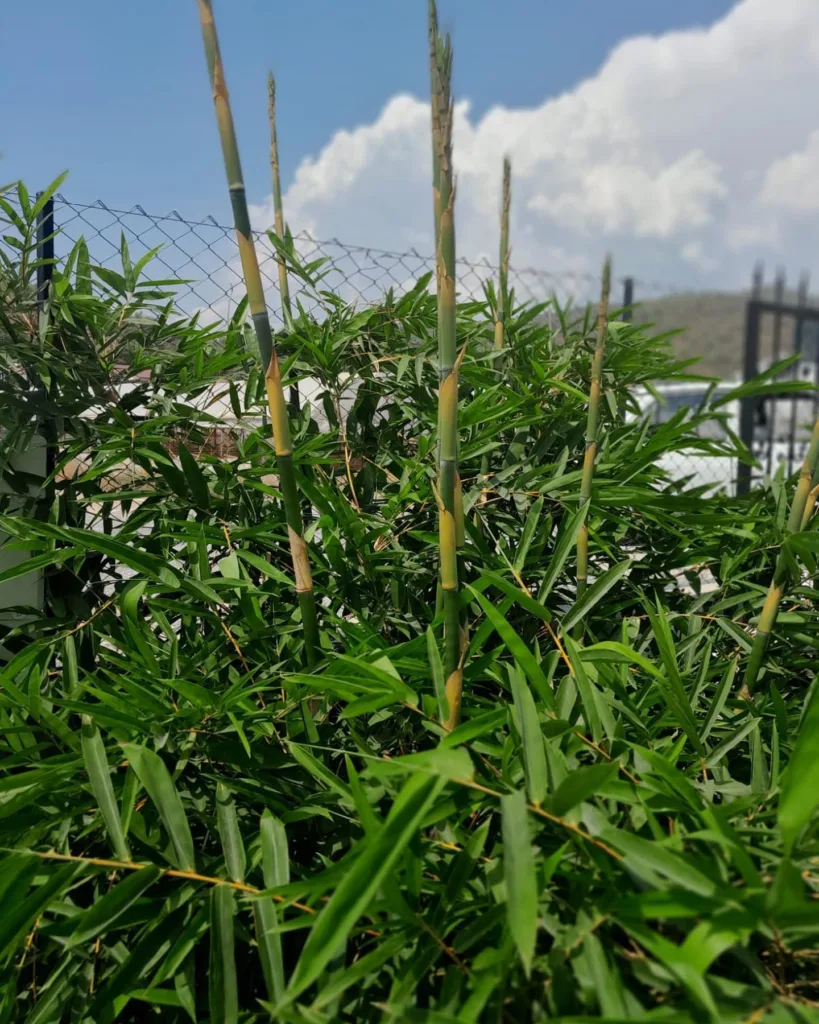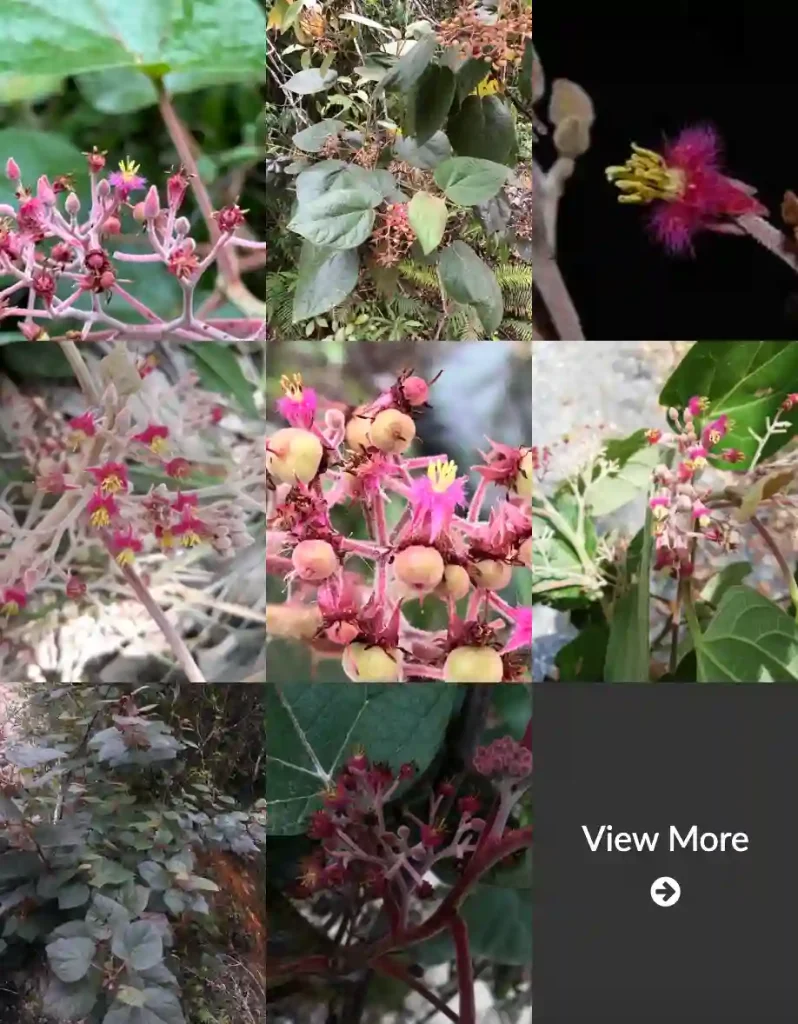April 12 – Fabiana
"Fabiana, the hardy shrub, represents April 12."
Fabiana symbolizes resilience and mystery. You have a quiet strength and an enigmatic charm that captivates those around you. Like this plant, you flourish in both harsh and gentle conditions.
Fabiana: A Deep Dive with Ferb Vu
The world of plants is vast and diverse, filled with intriguing species that capture the imagination. As a plant enthusiast, I, Ferb Vu, am always eager to explore the intricacies of the botanical realm. Today, I invite you to join me on a journey to discover the fascinating genus Fabiana.
What is Fabiana?
Fabiana is a genus of flowering plants belonging to the Solanaceae family, more commonly known as the nightshade family. This family is renowned for its diverse members, including economically important crops like tomatoes, potatoes, and peppers, as well as ornamentals like petunias and brugmansias.
Native to the dry slopes of western South America, Fabiana species are evergreen shrubs or subshrubs. They are characterized by their needle-like leaves, which bear a striking resemblance to those of heaths (Ericaceae family). This resemblance has earned them the common name “false heath.” However, despite their visual similarities, Fabiana and heaths are not closely related. This is a classic example of convergent evolution, where unrelated organisms evolve similar traits in response to similar environmental pressures.
A Closer Look at Fabiana Species
The genus Fabiana encompasses a variety of species, each with its unique characteristics:
- Fabiana imbricata: This is arguably the most well-known species in the genus. It is a popular ornamental plant, admired for its profuse, tiny, tubular flowers that bloom in summer. The flowers typically range in color from white to lavender. This species is also used in traditional medicine for its diuretic and anti-inflammatory properties.
- Fabiana denudata: This species is distinguished by its slightly larger, more open flowers compared to F. imbricata. It also tends to have a more spreading growth habit.
- Fabiana foliosa: As the name suggests, this species has denser foliage than other Fabiana species. Its leaves are slightly larger and more spaced out along the stems.
- Fabiana peckii: This species is endemic to Chile and is characterized by its compact growth habit and deep purple flowers.
- Fabiana australis Alaria
- Fabiana bryoides Phil.
- Fabiana densa J.Rémy
- Fabiana deserticola Reiche
- Fabiana fiebrigii Scolnick ex S.C.Arroyo
- Fabiana friesii Dammer
- Fabiana nana (Speg.) S.C.Arroyo
- Fabiana patagonica Speg.
- Fabiana punensis S.C.Arroyo
- Fabiana squamata Phil.
- Fabiana stephanii Hunz. & Barboza
- Fabiana viscosa Hook. & Arn.
The Allure of Fabiana
What captivates me most about Fabiana is its ability to thrive in harsh, arid environments. Their needle-like leaves and dense growth habit are adaptations that help them conserve water, enabling them to flourish in dry, rocky slopes where many other plants struggle to survive. This resilience is a testament to the adaptability and tenacity of life.
Moreover, the delicate beauty of Fabiana flowers is simply mesmerizing. The profusion of tiny, tubular blooms creates a cloud-like effect, adding a touch of elegance to any landscape. Whether adorning a rock garden, gracing a border, or adding texture to a mixed planting, Fabiana species are sure to enhance the aesthetic appeal of their surroundings.
Cultivating Fabiana
For those interested in cultivating Fabiana, it’s important to remember their preference for well-drained soil and full sun exposure. They are relatively low-maintenance plants, requiring minimal watering once established. Pruning can be done to maintain their shape and encourage bushier growth.
In conclusion, Fabiana is a captivating genus that exemplifies the beauty and resilience of nature. Its unique characteristics, adaptability, and ornamental value make it a worthy subject of admiration for any plant enthusiast. I encourage you to explore the world of Fabiana and appreciate the remarkable diversity that the plant kingdom has to offer.
If i die, water my plants!



